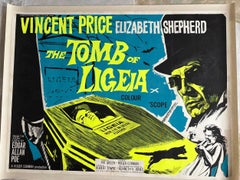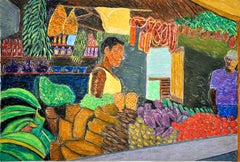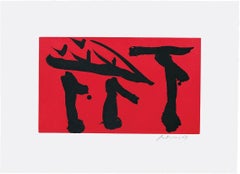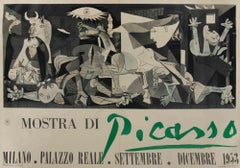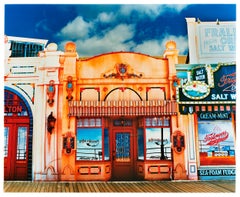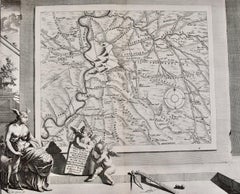Horizontal More Prints
20th Century Contemporary More Prints
Screen
1990s Contemporary More Prints
Monotype
1980s Abstract Abstract Prints
Etching, Aquatint
1950s Cubist More Prints
Offset
Early 2000s Contemporary Color Photography
Photographic Paper, C Print, Color, Silver Gelatin
Early 18th Century Old Masters Landscape Prints
Engraving
1970s Street Art Animal Prints
Offset
1990s More Prints
Oil
1780s Landscape Prints
Engraving
1990s Contemporary More Prints
Lithograph
1970s Contemporary Abstract Prints
Color, Lithograph
1970s Pop Art Abstract Prints
Paint, Color, Etching
1970s Abstract Prints
Paper, Screen
Early 2000s Contemporary More Prints
Lithograph
Late 18th Century French School More Prints
Engraving, Etching, Intaglio
2010s Contemporary Color Photography
Photographic Paper, C Print, Color, Silver Gelatin
1620s Landscape Prints
Engraving
1960s Modern More Prints
Lithograph
20th Century More Prints
Cardboard
1960s Surrealist Figurative Prints
Lithograph
2010s Contemporary More Prints
Paper, Screen
1980s Impressionist Landscape Prints
Lithograph
2010s Contemporary More Prints
Cotton, Screen
Early 20th Century Victorian More Prints
Lithograph
2010s Contemporary Color Photography
Photographic Paper, C Print, Color, Silver Gelatin
1970s Color-Field Abstract Prints
Lithograph
2010s Minimalist More Prints
Archival Ink, Color
2010s Pop Art Color Photography
Photographic Paper, C Print, Color, Silver Gelatin
21st Century and Contemporary Contemporary Color Photography
Photographic Paper, C Print, Color, Silver Gelatin
2010s Contemporary Color Photography
Photographic Paper, C Print, Color, Silver Gelatin
1990s Modern Figurative Paintings
Paper, Woodcut
1970s Abstract Abstract Prints
Lithograph
2010s Figurative Photography
Ink, Color
1940s Modern More Prints
Lithograph
Late 20th Century Modern Figurative Prints
Lithograph
1980s Abstract Geometric Abstract Prints
Lithograph, Offset
Early 1900s English School Landscape Prints
Lithograph
2010s Street Art More Prints
Screen
1940s American Realist Landscape Prints
Offset
1980s Contemporary Figurative Prints
Lithograph
Late 20th Century Contemporary More Prints
Color, Etching, Aquatint
1990s Impressionist More Prints
Silk, Lithograph
1980s Abstract Expressionist Abstract Prints
Color, Etching
1920s Impressionist Portrait Prints
Etching
Early 2000s Contemporary Color Photography
Photographic Paper, C Print, Color, Silver Gelatin
Early 2000s Contemporary Color Photography
Photographic Paper, C Print, Color, Silver Gelatin
20th Century Modern More Prints
Glass, Wood, Paper
Mid-18th Century Old Masters Landscape Prints
Engraving
2010s Contemporary Color Photography
Photographic Paper, C Print, Color, Silver Gelatin
Mid-19th Century American Realist More Prints
Printer's Ink
21st Century and Contemporary Post-Impressionist More Prints
Screen
2010s Pop Art Color Photography
Photographic Paper, C Print, Color, Silver Gelatin
1840s Realist Interior Prints
Lithograph
Mid-18th Century Old Masters Landscape Prints
Engraving
2010s Pop Art More Prints
Lithograph
Early 2000s Contemporary Interior Prints
Lithograph
1960s American Modern Figurative Prints
Offset
Early 20th Century Victorian More Prints
Lithograph
21st Century and Contemporary Contemporary Color Photography
Photographic Paper, C Print, Color, Silver Gelatin
2010s Pop Art Color Photography
Photographic Paper, C Print, Color, Silver Gelatin
